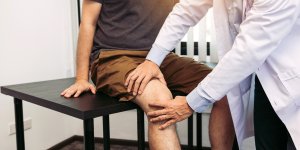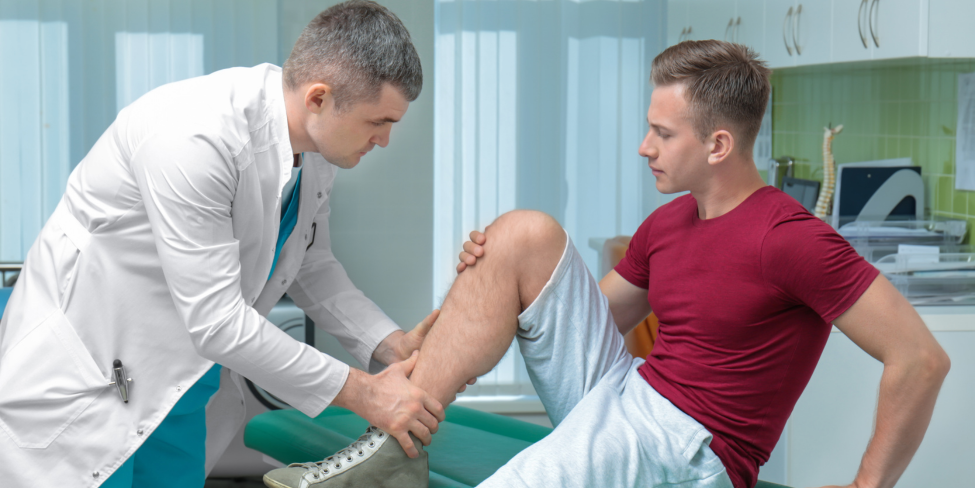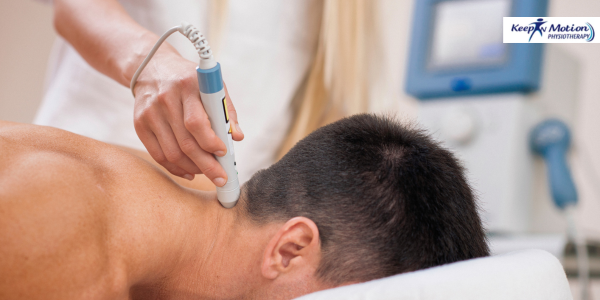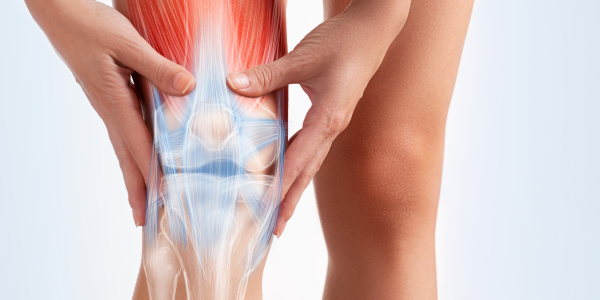Orthopaedic Services in Coolaroo
Orthopaedic Services in Coolaroo: Comprehensive Care for Your Bone and Joint Health
When it comes to your health, particularly musculoskeletal health, quality care is essential for maintaining a pain-free, active life. In Coolaroo, a range of top-notch orthopaedic services are available to help manage, treat, and prevent conditions affecting bones, joints, muscles, and tendons. Whether you’re recovering from an injury, dealing with a chronic condition, or seeking preventative care, understanding what is available and how it benefits you can make a significant difference.
What Are Orthopaedic Services?
Orthopaedic services refer to the medical care provided for conditions related to the musculoskeletal system. This includes the bones, joints, ligaments, tendons, and muscles. Orthopaedic treatments range from non-invasive physiotherapy to surgical procedures, depending on the severity of the condition. Common conditions treated by orthopaedic professionals include fractures, arthritis, sprains, sports injuries, and spinal problems. Effective orthopaedic care is aimed at reducing pain, restoring mobility, and enhancing the quality of life for patients.
Why Choose Orthopaedic Services in Coolaroo?
Coolaroo, located in the northern suburbs of Melbourne, offers a range of local healthcare providers who specialize in orthopaedic services. Choosing local healthcare professionals for your orthopaedic needs offers multiple advantages:
- Proximity and Convenience: Having access to quality orthopaedic care in Coolaroo means you don’t need to travel far for appointments. Local clinics make regular visits and rehabilitation sessions more manageable, reducing the stress and time associated with longer travel distances.
- Community-Oriented Care: Local providers often have a deep understanding of the community’s health needs. They are more likely to offer personalized care that caters to the specific concerns of Coolaroo residents, ensuring a more tailored approach to treatment.
- Continuity of Care: Building a relationship with a local orthopaedic provider means continuity in your treatment plan. You’ll have access to consistent care, with your healthcare provider fully aware of your health history, progress, and long-term goals.
Comprehensive Orthopaedic Services in Coolaroo
If you’re dealing with musculoskeletal issues, here are some of the top orthopaedic services available in Coolaroo:
Physiotherapy Services
Physiotherapy is often the first line of treatment for many musculoskeletal conditions. It involves non-invasive methods to reduce pain, improve mobility, and restore function. In Coolaroo, several clinics offer physiotherapy services, including Keep In Motion Physiotherapy, which provides a wide range of treatments tailored to individual needs.
- Manual Therapy: This includes joint mobilizations and soft tissue manipulation to relieve pain and improve movement.
- Exercise Therapy: Customized programs are designed to strengthen muscles, improve flexibility, and help prevent future injuries.
- Hydrotherapy: Water-based exercises reduce strain on the joints while providing an effective workout for rehabilitation.
By using physiotherapy, patients can often manage their conditions conservatively, avoiding the need for more invasive procedures. This makes physiotherapy an excellent first step for many individuals seeking orthopaedic care.
Orthopaedic Surgery
While many musculoskeletal conditions can be managed with physiotherapy and other non-invasive treatments, some may require surgery. In Coolaroo, patients have access to high-quality orthopaedic surgeons who specialize in a variety of surgical procedures. These procedures are designed to address severe musculoskeletal conditions that don’t respond well to conservative treatments.
Joint Replacement Surgery: This includes replacing a damaged joint, such as a hip or knee, with a prosthetic. Joint replacement surgery can provide significant relief for those suffering from arthritis or joint degeneration.
Sports Surgery: For individuals with sports-related injuries, surgeries such as ligament repairs, tendon reconstructions, and cartilage repairs are available. These surgeries are aimed at restoring function and enabling a return to an active lifestyle.
Orthopaedic surgeons in Coolaroo are skilled in minimally invasive techniques, which offer quicker recovery times and less pain post-surgery, allowing patients to resume their normal activities faster.
Post-Surgical Rehabilitation
After undergoing surgery, rehabilitation is a crucial part of the recovery process. Rehabilitation services are designed to help patients regain strength, flexibility, and mobility. This stage often involves:
- Post-Operative Physiotherapy: This helps to heal the body after surgery, focusing on gentle exercises to regain mobility, reduce swelling, and promote healing.
- Pain Management: Effective pain management techniques ensure that patients are comfortable throughout their recovery. These methods may include medications, physical therapy, and other treatments to reduce pain.
- Strengthening and Conditioning: After the initial healing phase, rehabilitation programs often focus on strengthening muscles and restoring joint function to prevent future injuries.
Having access to comprehensive rehabilitation services in Coolaroo ensures that patients are not just treated for their injury or condition but are also supported throughout their recovery journey.
Benefits of Orthopaedic Services in Coolaroo
The benefits of receiving orthopaedic care in Coolaroo extend far beyond the immediate treatment. Here are some reasons why local orthopaedic services should be your first choice:
- Expert Care: Orthopaedic clinics in Coolaroo, such as Keep In Motion Physiotherapy and other local providers, have experienced and highly trained professionals dedicated to diagnosing and treating a wide range of musculoskeletal conditions. Whether through physiotherapy or surgery, patients receive the highest level of expertise.
- Personalized Treatment Plans: Each individual’s needs are different, and local providers understand the importance of offering personalized treatment plans. This ensures that patients receive care that is specific to their condition, helping to speed up recovery and improve outcomes.
- Holistic Approach: Many clinics in Coolaroo take a holistic approach to treatment, considering factors such as lifestyle, fitness levels, and long-term health goals when developing a treatment plan. This approach ensures that all aspects of a patient’s health are addressed.
- Faster Recovery and Better Outcomes: With access to both surgical and non-surgical treatments, patients can choose the best path for their recovery. Local services, such as physiotherapy and rehabilitation, contribute to faster recovery times and better long-term health outcomes.
Conclusion
Orthopaedic services in Coolaroo are designed to help individuals maintain an active, healthy life, free from the constraints of pain or mobility issues. Whether you’re in need of physiotherapy, post-surgical rehabilitation, or even joint replacement surgery, Coolaroo offers a variety of services tailored to meet your specific needs. With experienced professionals, convenient access, and personalized care, you can be confident that you’ll receive the best possible treatment to help you return to the activities you love.
If you’re in need of orthopaedic services in Coolaroo, consider visiting a trusted local provider like Keep In Motion Physiotherapy for personalized care that works for you. Prioritize your health and well-being by choosing a service that understands and addresses your needs at every stage of your recovery.













